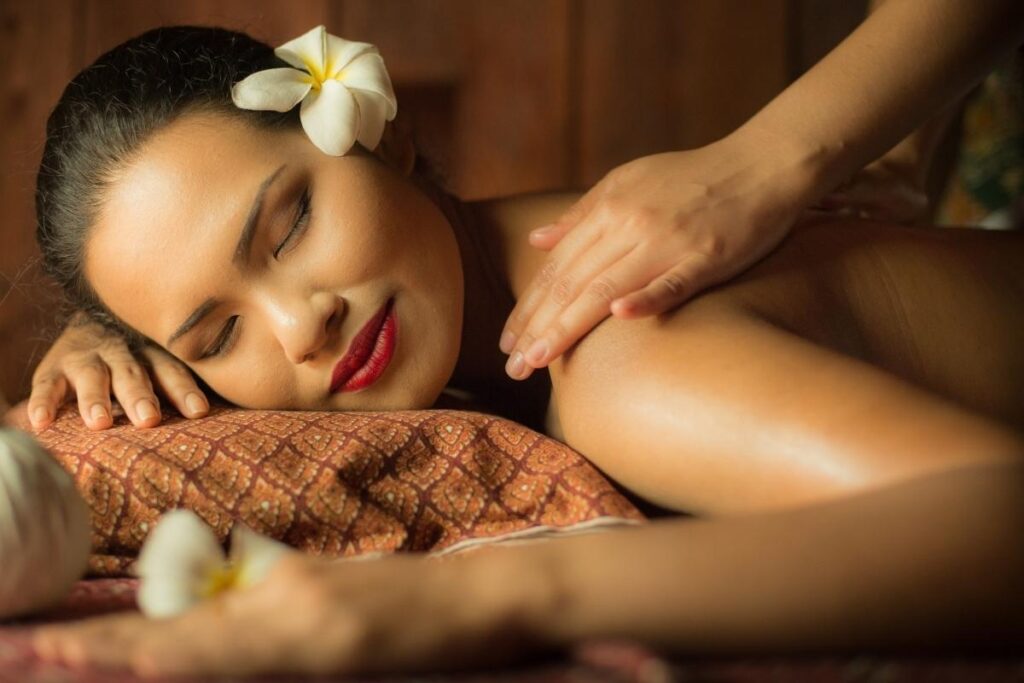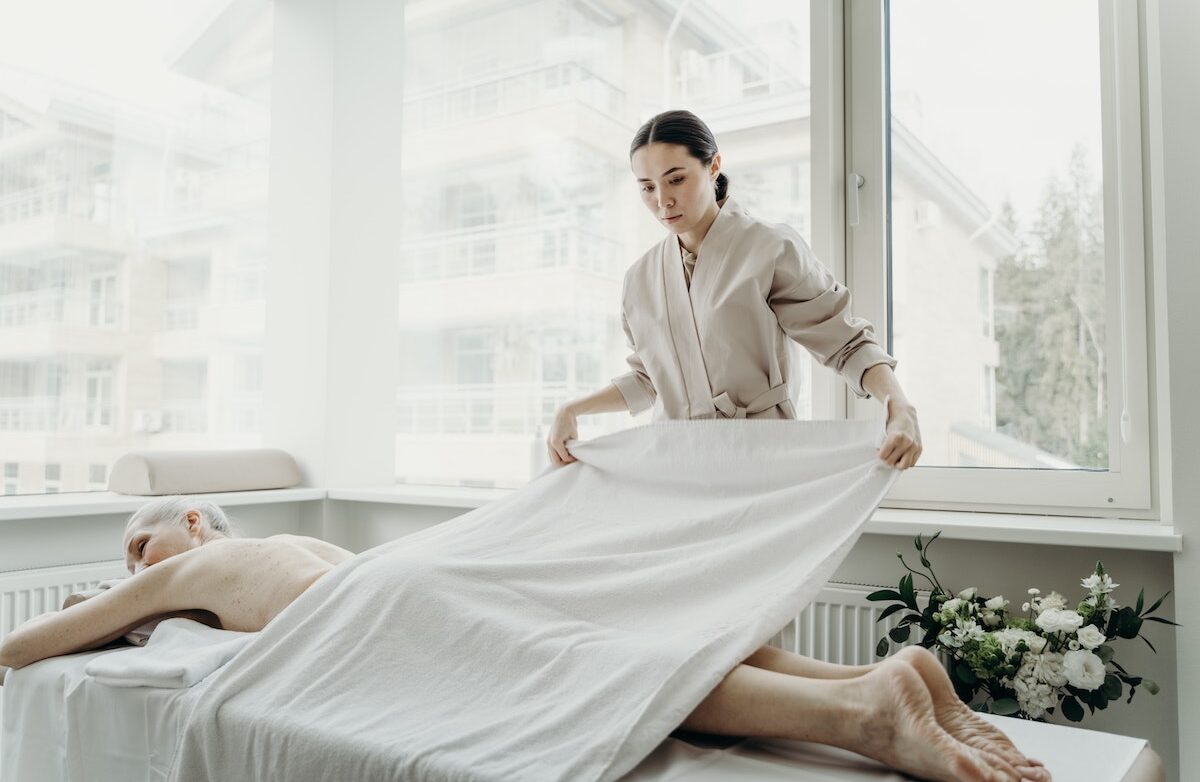The Art of Massage in Malaysia: A Blend of Tradition and Relaxation
The Art of Massage in Malaysia: A Blend of Tradition and Relaxation
Blog Article
Massages in Malaysia have long been a vital element of Malaysia's culture and wellness scene, heavily influenced by Malay, Chinese, and Indian practices. Massage techniques aren't only valued for their ability to induce relaxation, they also as therapeutic that include alleviating muscle pain, improving circulation and returning harmony for the body. Over the years, Malaysia has developed a growing wellness sector, which includes traditional massage parlors, reflexology centres and luxurious spas providing a diverse range of treatments. If you're looking for a deep tissue massage to ease tension or a relaxing reflexology treatment to enhance overall well-being, or the aromatherapy massage to provide a calming feeling, Malaysia provides a variety of choices. Massages are gaining popularity increased among travelers seeking authentic health practices as part of their trip.
Traditional Malay massage, or "urut," is one of the most well-known forms of massage in Malaysia. It is a deep-tissue technique focused on stimulating blood flow, relaxing muscle tension, and restoring the body's own energy flow. Malay massage therapists use lengthy, hard strokes paired with kneading methods to relieve tension and knots in muscles. Incorporating essential oils that are herbal, like coconut, ginger, or lemongrass-infused oils, enhances the therapeutic effects of massage. Malay massages are particularly popular among new mothers since massages after birth can help to restore the body's balance, improve circulation and speed up healing. Some treatments also incorporate the application of warm herbal massages that reduce inflammation and soothe sore muscles. The deep relaxation and healing benefits of Malay massage make it the preferred option for people seeking pain relief and complete wellness experience.
Chinese massage therapy is also extensively practiced in Malaysia using the principles of traditional Chinese medicine. Techniques such as Tui Na as well as reflexology, are widely used to improve circulation of energy and to restore harmony within our bodies. Tui Na involves a combination of acupressure, deep tissue massage, stretching and other techniques to relieve muscle tension and improve circulation. Reflexology, on the other hand, focuses on applying pressure at specific points on the feet, believed to correspond to different organs in the body. Many Malaysians visit reflexology centers regularly for stress relief, to reduce fatigue and enhance general well-being. Reflexology is particularly popular in areas of urbanization, where people seek fast and efficient treatments to reduce tension caused by long working time. The accessibility and effectiveness of Chinese massage has been able to make them an integral component of Malaysia's wellness industry which draws both locals as well as travelers seeking alternative methods of healing.
Indian massage traditions, particularly ones based on Ayurveda, also play an important role in Malaysia's wellness industry. Ayurvedic massages focus on balancing the body's energy through the warm, herbal oil and synchronized strokes, and methods that aid in the body's relaxation and cleanse. One of the most well-known Ayurvedic massage therapies is Abhyanga massage, which is a total body oil massage intended to increase circulation, nourish and rejuvenate the skin and relieve stress. Indian Head massages often known as champissage are also well-known for relieving tension from the scalp, neck and shoulders, while also improving mental clarity. Many wellness centers located in Malaysia offer these treatments as part of a holistic method of wellness and relaxation. The principles behind Ayurvedic massage are not only about physical wellness but also mental and emotional balance which makes them an ideal choice for those seeking deeper beneficial benefits for their health. To generate further details kindly look at https://b2bpuchong.net/
In addition to traditional massage techniques, Malaysia has a flourishing business of luxury spas catering to people who are looking for a more indulgent relaxation treatment. High-end spas in cities like Kuala Lumpur, Penang, and Langkawi are able to offer a combination of Eastern and Western massage techniques. These include Swedish massage, deep tissue Aromatherapy, and hot stone massages. These spas provide a serene environment, often using natural elements like flowers, essential oils, and calming music to improve the experience overall. Many luxury resorts in Malaysia feature full-service wellness retreats that allow guests to enjoy customized massages, yoga classes and detox programs. Spa tourism is growing significantly and visitors are now traveling to Malaysia specifically to experience its renowned spa culture. In the current focus on wellness and self-care, modern spa experiences continue to enhance traditional massage techniques providing clients with a wide range of services that can be tailored to meet their preferences.
With more and more people recognizing the advantages of massage and the benefits of massage therapy, demand for professional massage services in Malaysia increases. Whether it is a traditional Malay deep-tissue treatment, a relaxing Chinese reflexology session, an Ayurvedic oil therapy, or a luxurious spa experience, the variety of options for massage ensures that people can get the right treatment for their needs. Massage therapy is proven to have advantages that go beyond relaxing, such as increased blood flow, pain relief, and enhanced mental well-being. Integrating traditional techniques of healing and modern wellness trends has made Malaysia a leader in the field of massage and wellness business. The industry is continuing to develop, Malaysia remains a prime destination for those seeking balance, relaxation, and whole-body healing. A rich culture, skilled therapists, and a growing awareness of wellness tourism Malaysia's massage business continues to flourish.